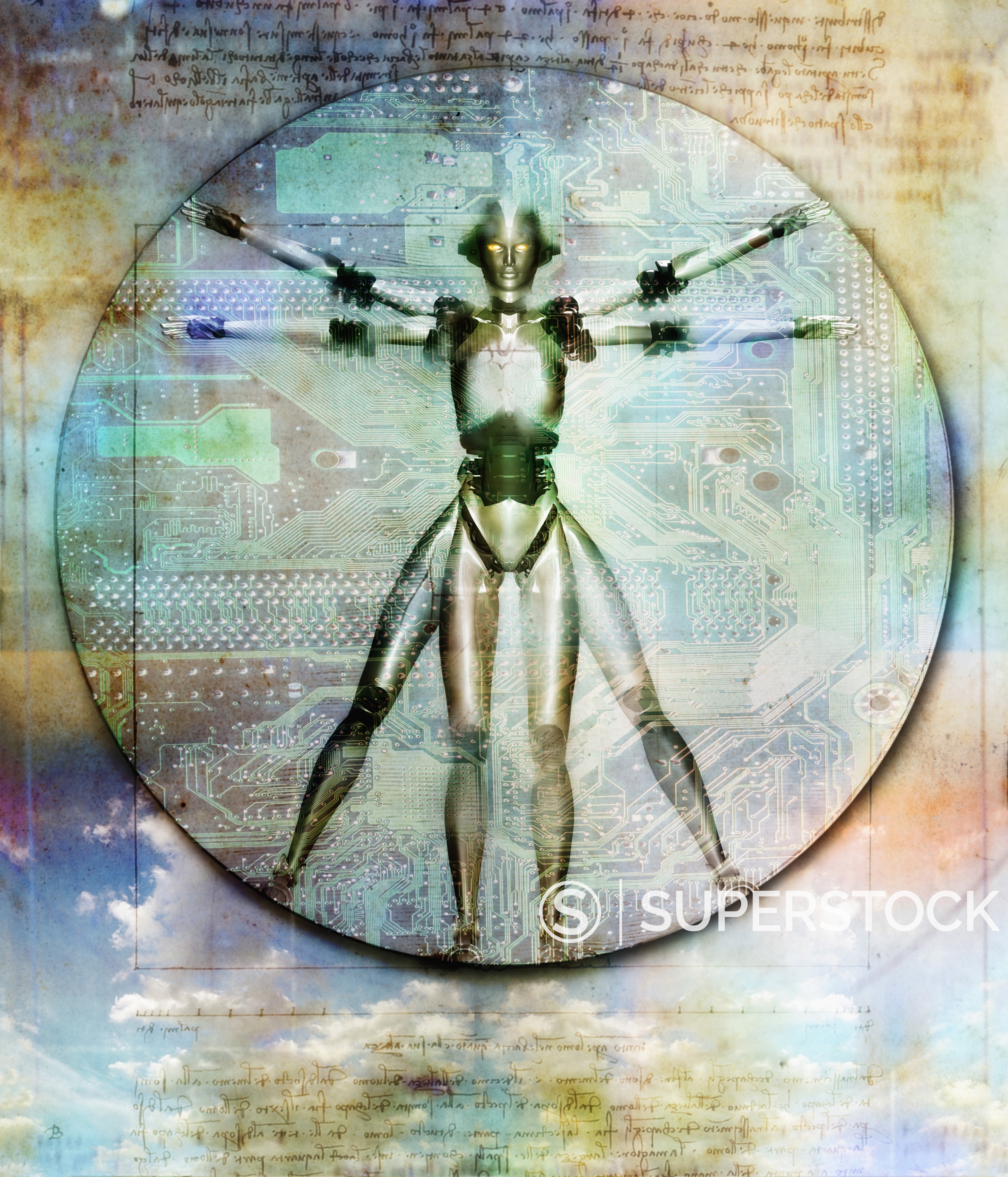Are homo sapiens destined to become homo technicus?
Never underestimate the imagination of an emo teen.

Mary Shelley was just 18 when she started to write Frankenstein, arguable the first sci-fi novel and unquestionably more relevant today, when technology has made the imaginings of 1818 all too possible.
We can redefine life. Artificial intelligence, augmented realities, gene editing, and bionic organs are no longer the stuff of fantasy.
Many of the most intriguing, controversial, inspiring and fear-inducing trends can be lumped together under one big idea: transhumanism.
How can we – or should we – transcend our human limitations?
Just a few of the transformative possibilities we face:
- Cyborg, customizable limbs
- Robotic exoskeletons that allow the paralyzed to move freely
- Cloned humans
- Reintroduction of extinct species
- Life spent almost entirely in a virtual world
- Nanobots fighting cancer from the inside
- Implants that augment our senses beyond human limitations
- Brain implants that eradicate mood disorders
- A redefinition of mortality? Maybe even a death-optional society?

Transhumanist evangelists such as Ray Kurzweil and Zoltan Istvan are already preaching the gospel of human/machines to all the cool kids at thought centers such as SXSW.
Kurzweil in particular is wildly optimistic in his view of the future and the limitlessness of our potential. He says, “All different forms of human expression, art, and science are going to become expanded, by expanding our intelligence.”

The science is exciting. The ethical questions are thorny. Will transhumanism save the human race or drive us to evolve into some kind of life form that is still … just a bit … beyond our imagination?
Explore other Artificial Intelligence and Science Stock Images in our massive Science Stock Photography Gallery!






